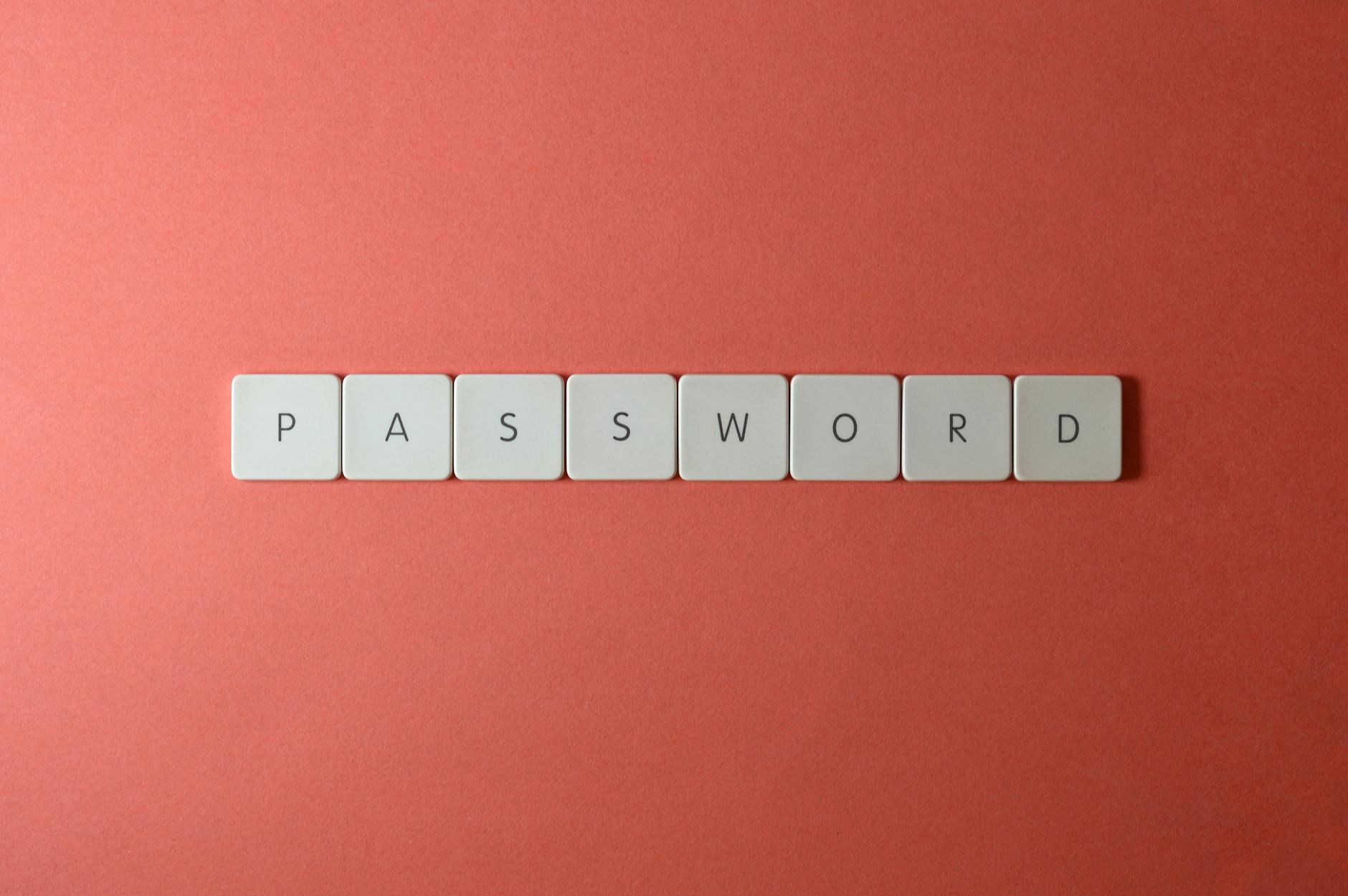In today’s digital age, the importance of securing your email accounts cannot be overstated. With cyber threats on the rise, it is crucial to implement top strategies for ultimate protection of your sensitive information and communication. By taking proactive measures to safeguard your email accounts, you can prevent unauthorized access, data breaches, and potential identity theft. In this article, we will explore some key strategies to ensure the security of your email accounts, protecting your personal and professional data from cyber threats.
Strengthening Passwords: The Foundation of Security
One of the fundamental steps in securing your email accounts is to set strong and unique passwords. Avoid using easily guessable passwords such as “password123” or common phrases. Instead, create complex passwords that include a combination of uppercase and lowercase letters, numbers, and special characters. Consider using a password manager to generate and store strong passwords for each of your accounts securely.
Implement Two-Factor Authentication (2FA)
Two-factor authentication (2FA) adds an extra layer of security to your email accounts by requiring a second form of verification. This typically involves receiving a unique code via text message, email, or authentication app, in addition to entering your password. By enabling 2FA, even if your password is compromised, malicious actors would still need the secondary verification to access your account, significantly reducing the risk of unauthorized access.
Regularly Update and Patch Your Email Client
Keeping your email client and associated apps up to date is essential for maintaining a secure environment. Software updates often contain patches for known vulnerabilities that hackers could exploit to gain unauthorized access to your emails. Set your email client to update automatically or regularly check for updates manually to ensure that you are running the latest, most secure versions.
Be Wary of Suspicious Emails and Phishing Attempts
Email phishing is a common tactic used by cybercriminals to trick individuals into revealing sensitive information or installing malware. Be cautious of unexpected emails from unknown senders, requests for personal or financial information, or urgent messages urging immediate action. Avoid clicking on links or downloading attachments from suspicious emails, as they may lead to phishing sites or malware-infected files.
Secure Your Device and Network
Ensure that the devices you use to access your email accounts are secure by installing reputable antivirus software, enabling firewalls, and keeping your operating system up to date. Use secure Wi-Fi networks when accessing your email accounts in public places, and avoid using unsecured public Wi-Fi networks that could expose your data to potential eavesdropping or interception.
Regularly Monitor Your Account Activity
Stay vigilant by monitoring your email account activity regularly for any unusual logins or unauthorized access. Most email providers offer security features that allow you to view recent login activity, devices that have accessed your account, and any changes made to your account settings. If you notice any suspicious activity, change your password immediately and report it to your email provider.
Conclusion
Securing your email accounts is a critical aspect of protecting your online identity and sensitive information from cyber threats. By following these top strategies for ultimate protection, you can significantly reduce the risk of falling victim to hackers, phishing attacks, or data breaches. Take proactive steps to strengthen your passwords, enable two-factor authentication, keep your software updated, be cautious of phishing attempts, secure your devices and network, and monitor your account activity regularly. By prioritizing the security of your email accounts, you can safeguard your digital presence and maintain peace of mind in an increasingly interconnected world.



